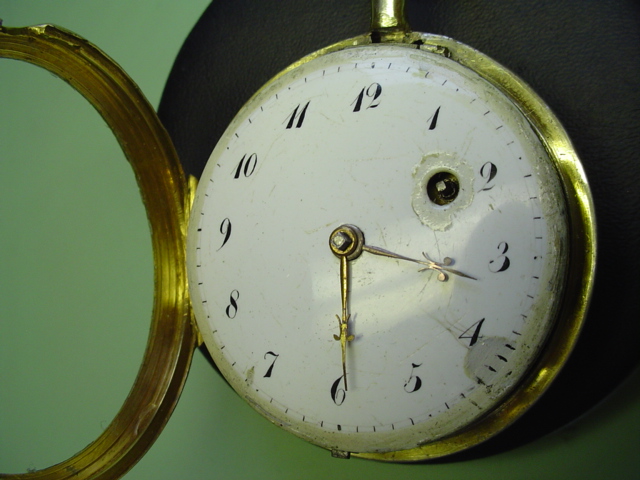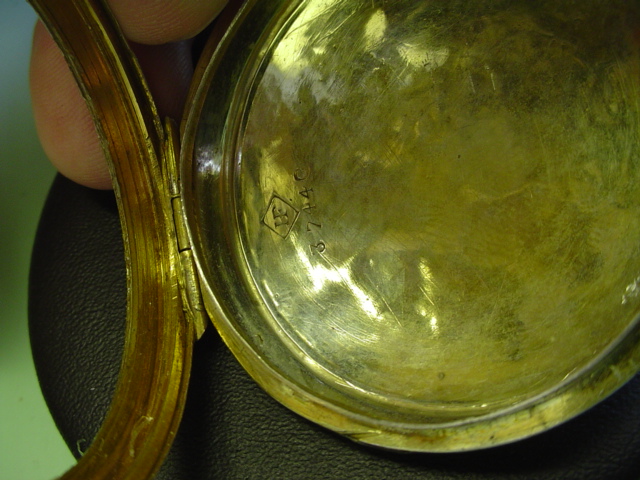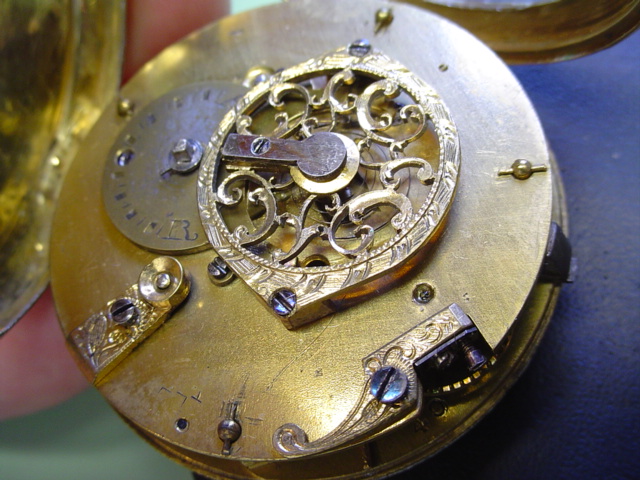
| WWT Shows | CLICK TO: Join and Support Internet Horology Club 185™ | IHC185™ Forums |

|
• Check Out Our... • • TWO Book Offer! • |
Welcome Aboard IHC185™  Internet Horology Club 185
Internet Horology Club 185  IHC185™ Discussion Site Main Page
IHC185™ Discussion Site Main Page  Horological Discussions, Questions and Answers
Horological Discussions, Questions and Answers  European Pocket Watch Forum
European Pocket Watch Forum  • Verge Fusse Information Please
• Verge Fusse Information Please
 Internet Horology Club 185
Internet Horology Club 185  IHC185™ Discussion Site Main Page
IHC185™ Discussion Site Main Page  Horological Discussions, Questions and Answers
Horological Discussions, Questions and Answers  European Pocket Watch Forum
European Pocket Watch Forum  • Verge Fusse Information Please
• Verge Fusse Information PleaseGo  | New Topic  | Find-Or-Search  | Notify  | Tools  | Reply to Post  |  |
| IHC Life Member Certified Watchmaker |
Hi This just came in with a bunch of items, and need some help on this old Verge fusse, very little in the way of stamps, Across dial measures about 45mm, lower plate has 40 stamped on it, nothing else I can find I wound it and it started running!, case has 113 & 37440 and in a diamond H F with the F being part of the H.  | ||
|
| IHC Life Member Certified Watchmaker |
2  | |||
|
| IHC Life Member Certified Watchmaker |
3  | |||
|
| IHC Life Member Certified Watchmaker |
5  | |||
|
We know that it is from Europe from the cock, most likely French or Swiss. It is very difficult to pin this down because the style moved from country to country. The French drove the Protestants, including watchmakers, out of the country in the mid and late 17th century and they took the styles with them. There is also the problem of dating European watches, because older watchmakers often did not accept new styles, while younger watchmakers did. This means that many styles were being used at any one time. English watchmakers tended to keep up with the times more. Allowing for these difficulties and the fact that I am really weak on European watches, I am going to put my bet on French about 1770-1790. I base this on the shape of the cock. Also in France pierced and gold hands were common after 1750. By 1800 simple blued hands were the rule. The pendant size and bow shape, small arabic numbers, the wind at 2 o'clock and the hinge at 9 o'clock all look like an example I have seen in references by De La Corne, Paris from 1768. I hope the European watch experts correct me on this. I need to learn. Don | ||||
|
| IHC Life Member Certified Watchmaker |
Thanks for the information Don, most helpful Chris | |||
|
| Powered by Social Strata |
| Your request is being processed... |
|
©2002-2025 Internet Horology Club 185™ - Lindell V. Riddle President - All Rights Reserved Worldwide

